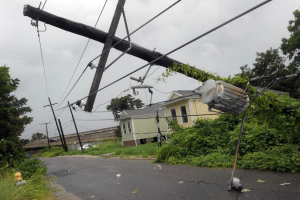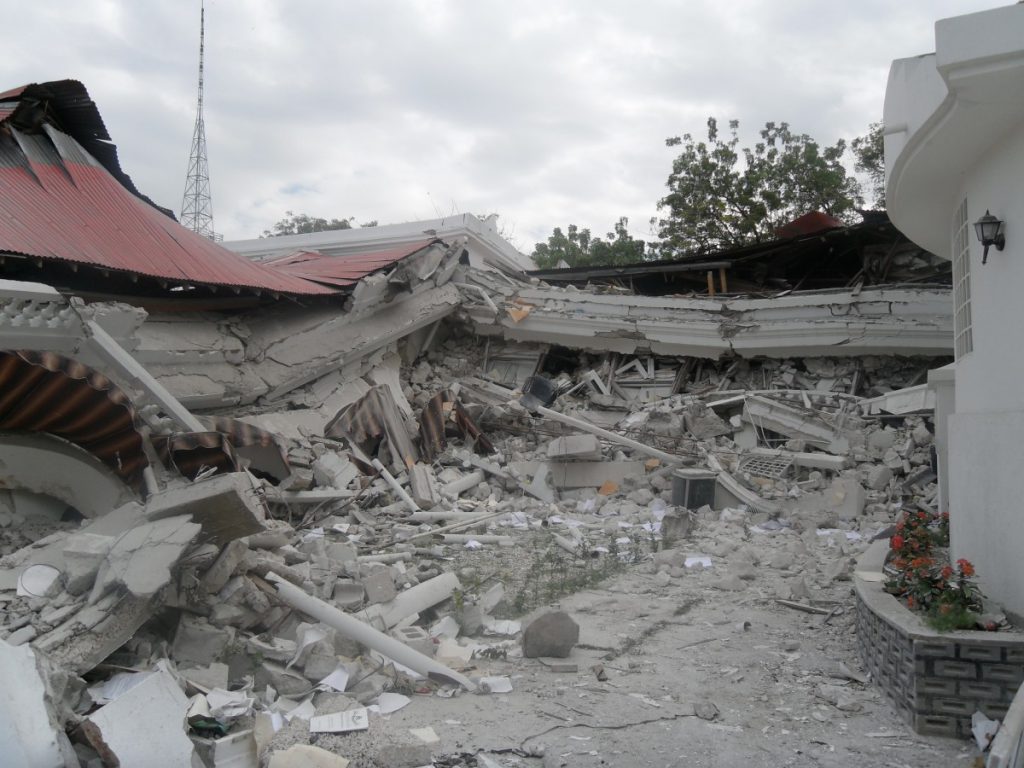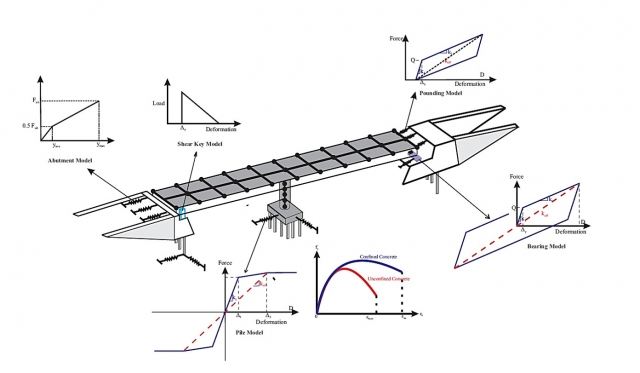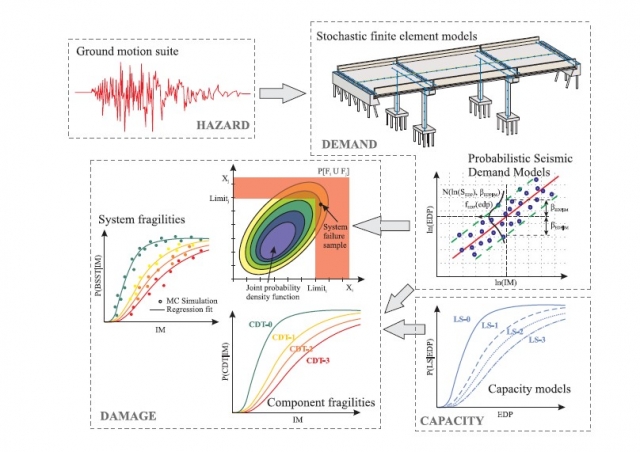Projects
A Multi-Scale Study of Shape Memory Alloys

Co-Project Leaders: Arash Yavari and Ken Gall
Student: Reza Mirzaeifar
Shape memory alloys (SMAs) are widely used in a broad variety of applications in multiscale devices ranging from nano-actuators used in nano-electrical-mechanical systems (NEMS) to large energy absorbing elements in civil engineering applications. This research introduces a multiscale analysis for SMAs, particularly Nickel-Titanium alloys (NiTi).
Read more
Risk Informed Decision Making for Maintenance of Deteriorating Distribution Poles Under Extreme Wind Hazard

Co-PIs: Abdollah Shafieezadeh and Sakis Meliopoulos (ECE)
Students (GT): Rajath Bhat
Partner Schools: Ohio State University
The proposed project will advance the state-of-the-knowledge and practice in cost-effective maintenance of distribution poles by developing a risk-informed decision making framework for maintenance of the poles. This framework uses fragility analysis techniques to estimate the conditional probability of failure of various species and classes of distribution poles given the intensity measure of the extreme winds e.g. maximum wind gust speed, age of the pole, and climate and environmental factors such as moisture content and chloride exposure.
Read More
Innovative Seismic Retrofits for Resilient and Sustainable Reinforced Concrete Buildings

Co-PIs: Roberto T. Leon, Claudia Marin, Jamie Padgett, Yang Wang
Students (GT): Tim Wright and Pablo Vega
Partner Schools: Rice University, Howard University, and Virginia Tech
Website: http://www.neesrcr.gatech.edu/
The proposed project brings together a diverse group of experts from civil engineering, materials science, sensing and damage detection, risk analysis, and seismic design. This team will evaluate the efficacy of a new class of innovative systems with recentering and/or high damping capabilities, and will develop a framework for their design and implementation to retrofit reinforced concrete (RC) buildings. The goal of this proposed project is to validate, via innovative large scale field testing (with NEES mobile shakers), a new class of retrofits for reinforced concrete buildings.
Application and Recycled Concrete Aggregate in Seismic Resistant Design

Co-PIs: Kim Kurtis
Students : LaSasha Walker, Farahnaz Soleimani
Reuse of concrete debris as a structural material is of increasing importance from both economic and environmental perspectives. However, the seismic resistance of structural elements with recycled concrete aggregate has not been well researched. In this research effort, cyclic quasi-static testing of four full-scale reinforced concrete columns – two containing virgin aggregate and two containing recycled concrete aggregate – were performed under both axial and lateral loads. The results show that recycled concrete can be used in seismically designed columns without significant changes in the cyclic behavior.
Seismic Performance and Design of Hybrid Concrete-Masonry Structures

Student: Laura Redmond
The 2010 Haiti earthquake (M7.0) was a strong reminder of the earthquake risks that exists in the Caribbean. The earthquake caused 28% of the buildings in Port-of-Prince to collapse, most of which were either unreinforced masonry (URM) or reinforced concrete frames with URM infill.
This paper summarizes the current design practices and construction practices, recommends changes to the construction and detailing of the infills, and suggests a method to account for the infill when designing hybrid concrete-masonry structures in earthquake zones.
Next Generation Bridge Fragility Functions for California Bridges


Co-PI: Jamie Padgett, Rice University
Students : Sujith Mangalathu and Farahnaz Soleimani
Caltrans research project P266 is focused on developing a new generation of more accurate and more useful bridge fragility models for incorporation into Caltrans’ ShakeCast earthquake alerting system and to support seismic reliability evaluations of the state bridge inventory.
Project P266 is a multi-phase research initiative aimed at systematic development of “Generation-2 Fragility (g2F)” models tailored for the California bridge inventory that leverages Caltrans’ seismic design expertise, California earthquake hazard levels, advanced numerical modeling methods, and bridge information assets unique to Caltrans.
Impact of LRFD Seismic Bridge Design on Georgia

Co-PI: Iris Tien
Students : Borja Zorca
The state of Georgia recently adopted the American Association of State Highway and Transportation Officials (AASHTO) Load and Resistance Factor Design (LRFD) Specifications including Seismic Design of Bridges. This study will assess the impact of the code on bridge design practices and make recommendations as appropriate.
